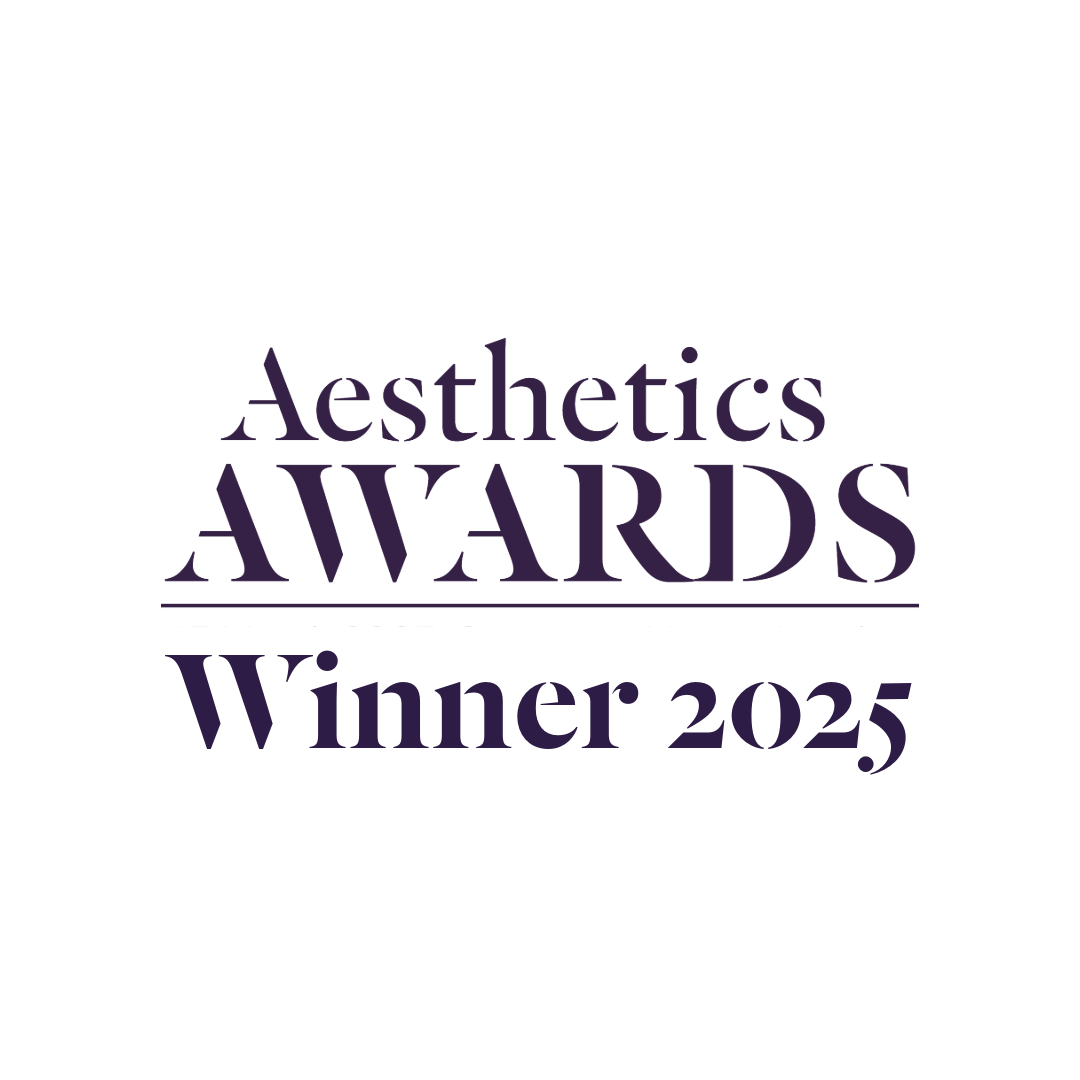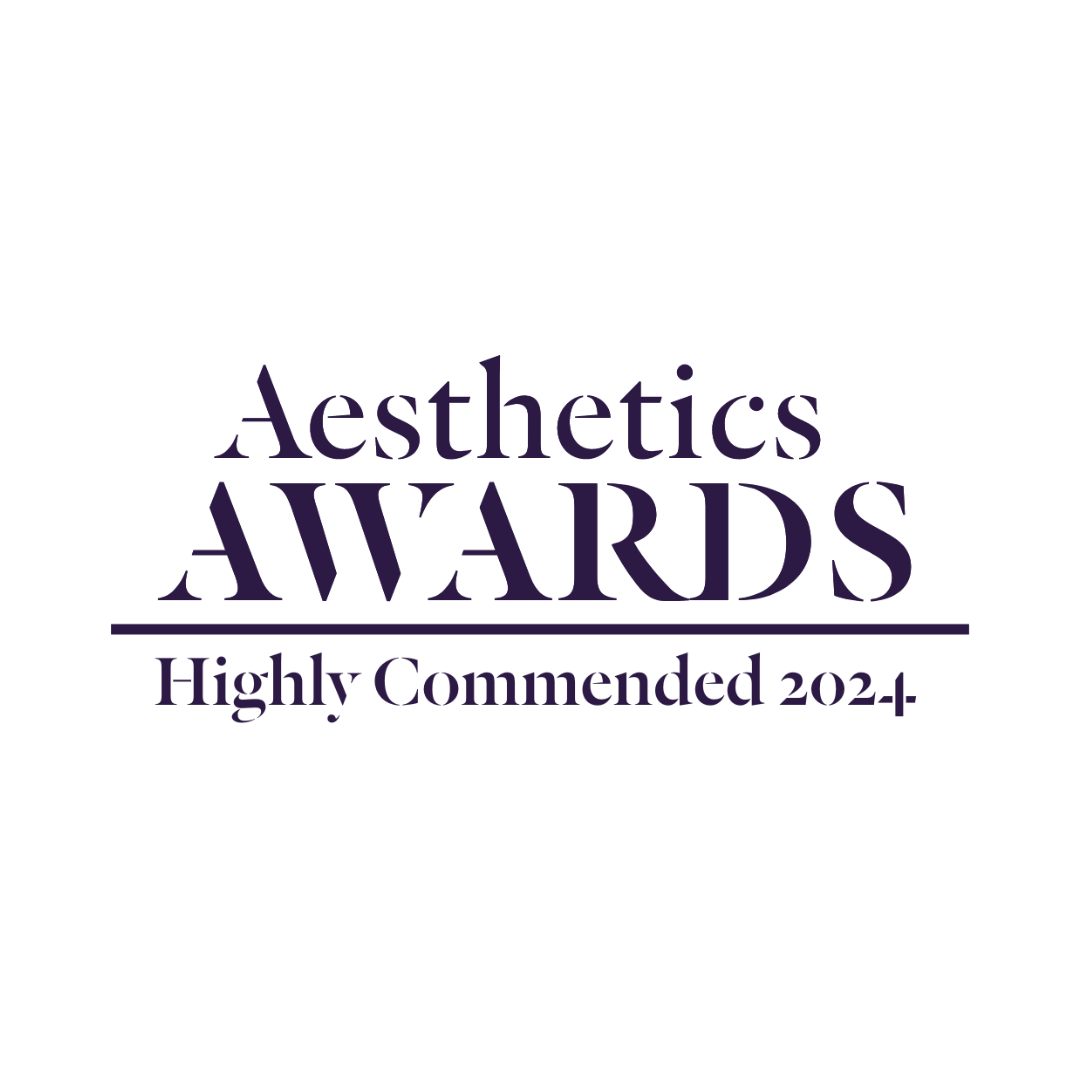We understand that as a medical professional your life can be rather hectic. We want to learn but we want to learn fast! Which is why we have launched our brand new online training academy. This is a great way to further your knowledge within the Aesthetic Industry as well as providing a resource for you to refer back to 24/7, ensuring you feel confident in your practice!
To kick start our online academy we have the following two courses available:
1. Introduction to Botulinum Toxin Type A
The first of our online courses is an Introduction to Botulinum Toxin Type A. A great course if you are starting off in the Aesthetic Industry to further your knowledge of Botulinum Toxin Type A. Although an excellent introductory course, it’s also beneficial if you are wanting to refresh your knowledge in this area.
The course itself takes around 30 minutes to complete from start to finish but can be done through various sittings. At the end of the course there is a short online test which on successful completion will award you a certificate.
Within the course there are 10 pods including:
- Pharmacology
- Reconstitution & preparation
- Dosages
- Contraindications
- Patient information and aftercare sheets
- Games & quizzes to test your knowledge
2. Introduction to Dermal Fillers
The second of our online courses is an Introduction to Dermal Fillers. A topic that naturally goes hand in hand with our botulinum toxin training above.
The course is laid out in a similar format to the Introduction to Botulinum Toxin Type A module with 10 pods to navigate through ending with a multiple choice test to assess your knowledge.
This module will teach you how the dermal fillers work, where it can be used and the relevant contraindications to it’s use.
The 10 pods include the following:
- Outline of the different types of fillers & patient selection
- Pharmacology of dermal fillers & Hyaluronidase
- Contraindications to dermal fillers & Hyaluronidase
- Patient information & aftercare sheets
- Games & quizzes to test your knowledge
Online Learning with Cosmetic Courses
We have combined a variety of learning elements to ensure this course is practical and beneficial for all users.
On successful completion of the courses, you are awarded a certificate and have the option to go back and look through the pods at any time.
There’s no middle man to our online courses either, you can sign in at the top of our website and any problems or queries come directly to us. So we can help you take your next steps within the aesthetic industry!
“I found the online course extremely beneficial for my learning and development in this fast paced industry. The layout and design were pleasing to the eye with great content to match. I especially love how you can refer back to the pods at anytime, even after you have completed the course!”
Want to know more about online training and enroll?
Speak to a member of our friendly team now, they will set up your account and get the ball rolling for your successful completion of our online courses. Each of our online courses are £50 + VAT but if you would like to purchase both modules together this is currently on offer for £85 + VAT for the two modules.
To take advantage of this offer and purchase your online course please call or email us on: 01844 390110 / [email protected]










